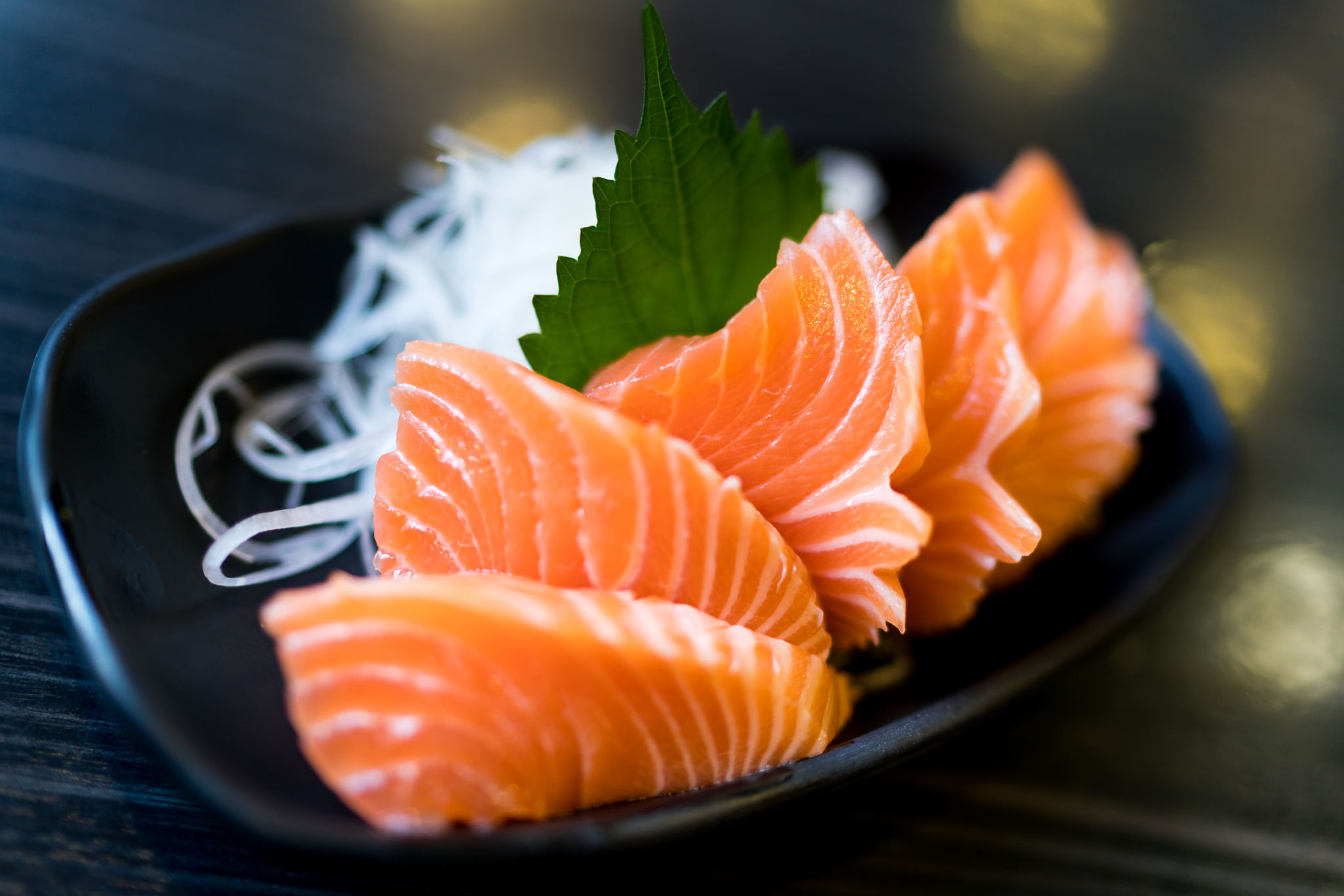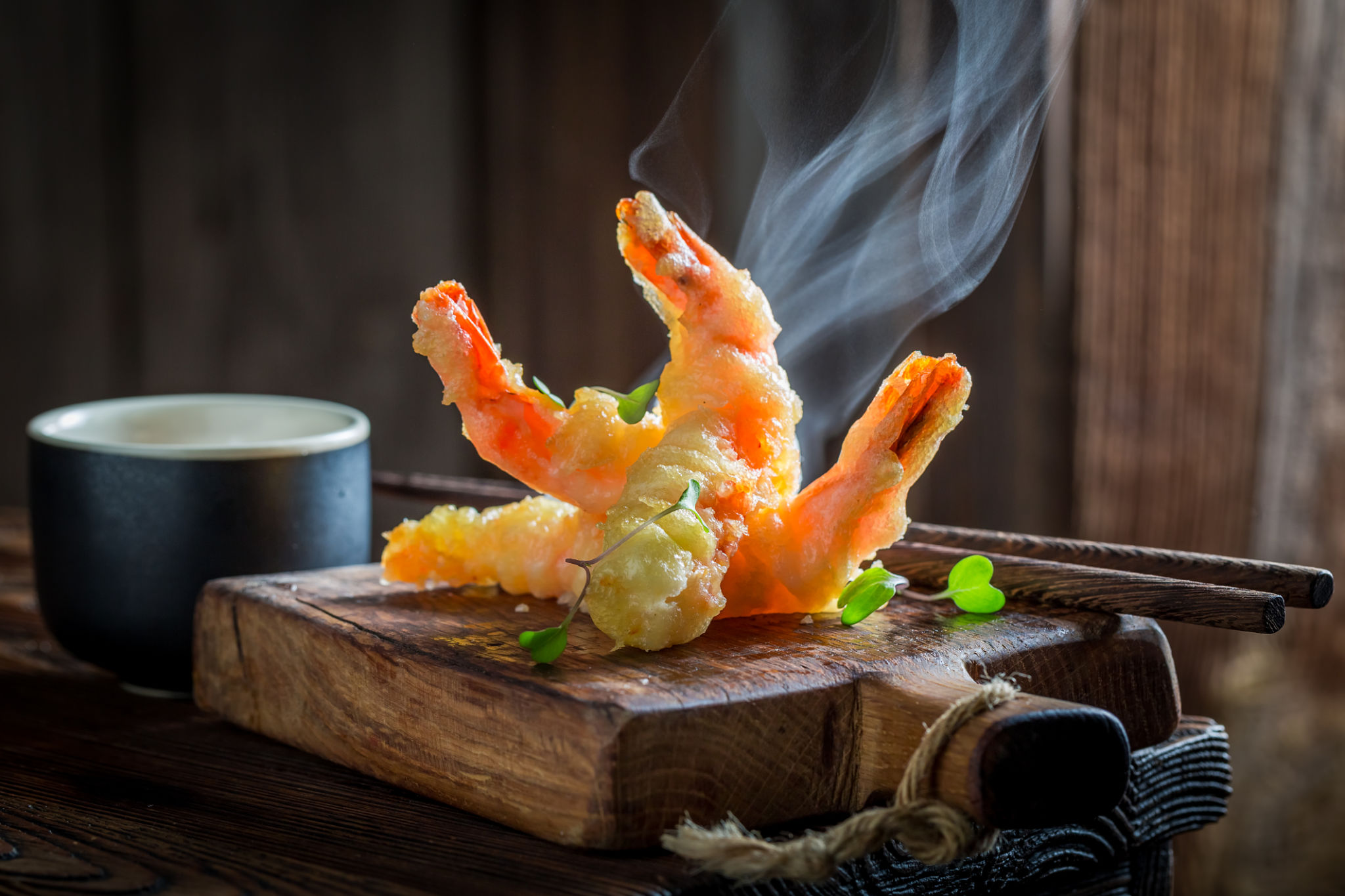From Sushi to Sake: A Complete Japanese Dining Guide
Introduction to Japanese Cuisine
Japanese cuisine is a delightful blend of flavors, traditions, and artistry. Famous worldwide for its attention to detail and fresh ingredients, Japanese dining offers a unique experience for both the novice and the seasoned foodie. From sushi to sake, each dish and drink tells a story of culture and history.

Exploring Sushi
Sushi is perhaps the most iconic Japanese dish, known for its simplicity and elegance. The art of sushi lies in the harmonious balance between rice and fresh fish or vegetables. There are several types of sushi you can explore:
- Nigiri: A slice of fish atop a small bed of rice.
- Sashimi: Thinly sliced raw fish served without rice.
- Maki: Rolled sushi with rice and fillings wrapped in seaweed.
Sushi is typically enjoyed with soy sauce, wasabi, and pickled ginger. Each condiment adds a unique flavor profile that enhances the taste of the sushi.
The Art of Sashimi
Sashimi is often confused with sushi, but it is a distinct experience on its own. This dish consists solely of raw fish or seafood, meticulously sliced to enhance its natural flavors. The quality of the fish is paramount, making it essential to choose a reputable restaurant or sushi bar.

The Warmth of Ramen
Ramen is a beloved Japanese noodle soup that has gained international popularity. This hearty dish consists of wheat noodles served in a meat or fish-based broth, often flavored with soy sauce or miso. Toppings may include sliced pork, seaweed, green onions, and boiled eggs.
There are various styles of ramen to explore, each with regional influences. Whether you prefer the rich flavors of Tonkotsu ramen or the lighter Shoyu ramen, there's a bowl for every palate.
Comfort in Tempura
Tempura is a classic Japanese dish involving seafood or vegetables that are lightly battered and deep-fried. The secret to perfect tempura lies in the batter, which should be thin and crispy. Served with a dipping sauce made of soy sauce, mirin, and dashi, tempura offers a delightful contrast of textures.

Savoring Sake
No Japanese dining experience is complete without trying sake, a traditional rice wine. Sake can be served warm or cold, depending on the type and preference. It pairs beautifully with many dishes, enhancing the overall dining experience.
The flavor of sake can range from sweet to dry, making it a versatile choice for various palates. When choosing sake, consider trying different varieties to discover your personal favorite.
Conclusion: A Journey Through Flavors
From sushi to sake, Japanese dining offers an enriching journey through flavors and traditions. Whether you're indulging in the freshness of sashimi or the comforting warmth of ramen, each meal is an opportunity to appreciate the artistry and culture behind Japanese cuisine. Explore these dishes and drinks, and embark on your own culinary adventure.

